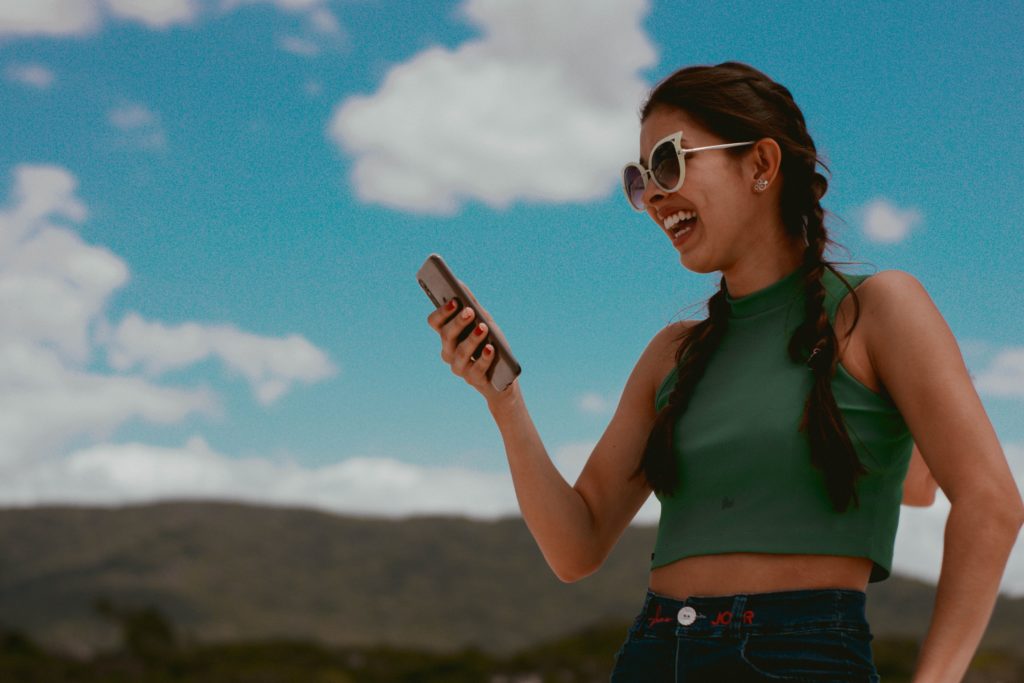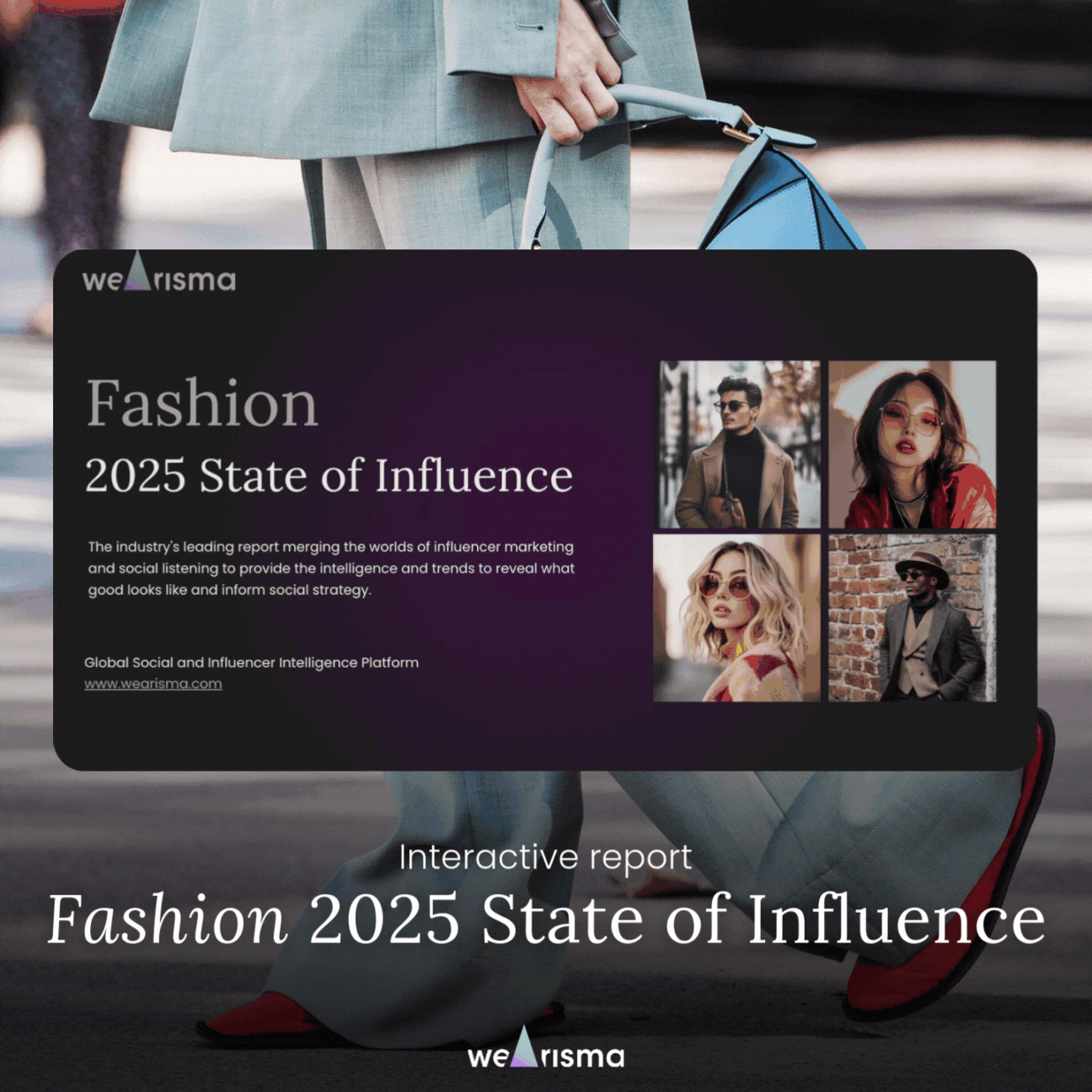As we continue to navigate our lives online, influencer marketing has emerged as a dominant force in social and digital landscapes. In 2017, expect Facebook to solidify its lead with live videos and interactive content, while AR/VR could redefine the shopping experience. With increasing competition, brands will need to tailor content and leverage trusted influencers to capture and maintain consumer attention amidst the growing flood of digital information.

Published On: December 19, 2016
As our lives become increasingly managed and lived through the world of online, what we can’t manage through our instant apps and love of sudden gratification, it seems we are struggling to process a clear funnel of information ourselves.
This year saw influencer marketing dominate the world of social and digital, a trend some had previously predicted would flourish, that was more followed this year than ever. As we look to the new year, what new trends can we expect?
Facebook continues to be on the up in the year of social’16, and the new year only promises to sit them at the front of the social platform race to the top. They alone hold 1.7 billion people within its user and audience bubble. Facebook users know they are a part of this and no doubt they will crave more of what they can already taste. It’s no longer good enough to simply talk about where you are, you need to show where you are when you are there through live videos and interactive 360 images. It builds upon the notion that users enjoy and thrive upon the idea that they are a genuine part of your experience. If Facebook strengthen this advantage in 2017 it could see them set the trends above any other platform.
2016 saw Pokemon-go become an instant craze and success over night, with app users trawling the streets in droves trying to catch em all. Where this world-wide phenomenon built its success from is the emerging world of Virtual Reality/Augmented Reality. Where virtual reality is artificial and computer-generated and or simulation that recreates real life, argumented reality layers computer generated changes on top of existing real life in order for users to find it more meaningful as they are able to interact with it.
The hype of the catchers may have died down for now, but it looks set to pick back up again in 2017. Outside of gaming apps, speculations suggest AR/VR is limited to games only, but brands who have significant e-eCommerce and brick and mortar stores may look to enhance the shopping experience for their consumers and could be the ones to cash in on this potentially exciting new trend.
As brands scramble to increase the numbers and traffic stacked behind their marketing efforts, some will look to increase their SEO and drive millions into increasing their searches on google per day, or others will look to social media and more recently, influencer marketing.
Waiting patiently and counting on organic reach is no longer effective, without the pulling power and trusted-influential voices behind your brand, people wont buy into what you’re selling. Brands are now facing the one problem they cannot ignore, they either choose between paying into the modern digital way of marketing with influencers and affiliates, or they continue to move forward with a pre-planned way of thinking and hope that drives up their ROI. The big question for brands is, if they pay in to modern online marketing, will they get back ten fold in dividends?
The rise of Snapchat over the recent years created an avalanche of audience and consumer following that saw snap-chat users opt for the intimate yet expiring content they could share amongst their personal community. So how did competing social channels fight back? By implementing many of Snapchat’s features on their own platform, Instagram so out-rightly so that some could not tell the two platforms apart. Yet the appeal of disappearing content, as instant and frequent as it is when on Snapchat has not deterred their audience from sticking to what they know and love.
Brands are responding to this allure of ”right here and now” that is rolling on and off the wheel of consumer content, next year may see more brands buying into the popularity of this, and ultimately investing in the many incentive ways they can build this into their media campaigns.
The ever increasing popularity of Facebook and Snapchat admittedly can’t be ignored, but social platforms and digital networks are providing more and more content than ever due to brands putting a firm push behind the scenes into digital marketing. This increase means that the large funnel of information filtering down to us as consumers members of an global media audience is hard to capture, and is what we capture the true content we were searching for to begin with?
Brands must understand that in-order to specifically speak to the right members of their targeted online audience then they must tailor and personalise their content for consumers to digest and react to whats being delivered to them.
Niche, new and fresh ideas, interactive and intimate content, innovative and diverse online social campaigns: these are all strategies being implemented by brands to get one-up in the digital ladder. However trying to win the attention of individuals within an uncontrollable space is proving hard, perhaps why influencer marketing became so valid and important in 2016. What better way to personalise and narrow down your brand message than to put in the hands of the voices your audience trust? 2017 looks set to only amplify this move, handing more power to the influential individuals who are honing in on whats so prevalent in the new social world.
Want to know more about influencer marketing? Head to wearisma.com to see more.
Keep informed with the latest trends, reports, and case studies from the world of influencer marketing.

Influencer marketing has transformed significantly in recent years, expanding beyond simply identifying social media personalities with substantial followings. Today’s successful campaigns require sophisticated systems that address the entire marketing process, from strategic creator selection through content development to comprehensive performance analysis.

WeArisma’s Fashion 2025 State of Influence Interactive Report – Your Essential Guide to Beauty Brand Success in the Digital Age.
The fashion landscape is evolving. Traditional strategies no longer guarantee success – Resonance, Virality, and Authentic Engagement are beginning to define market leaders.
Our latest Fashion 2025 State of Influence Report uncovers the key shifts shaping the industry and the strategies fueling sustained impact.
Stay up to date with the latest industry trends and topics
Discover how WeArisma can help you harness the power in influence, grow your brand’s presence, and achieve measurable success.
WeArisma combines the power of AI, influencer marketing and social listening to deliver smarter, scalable strategies with real impact.